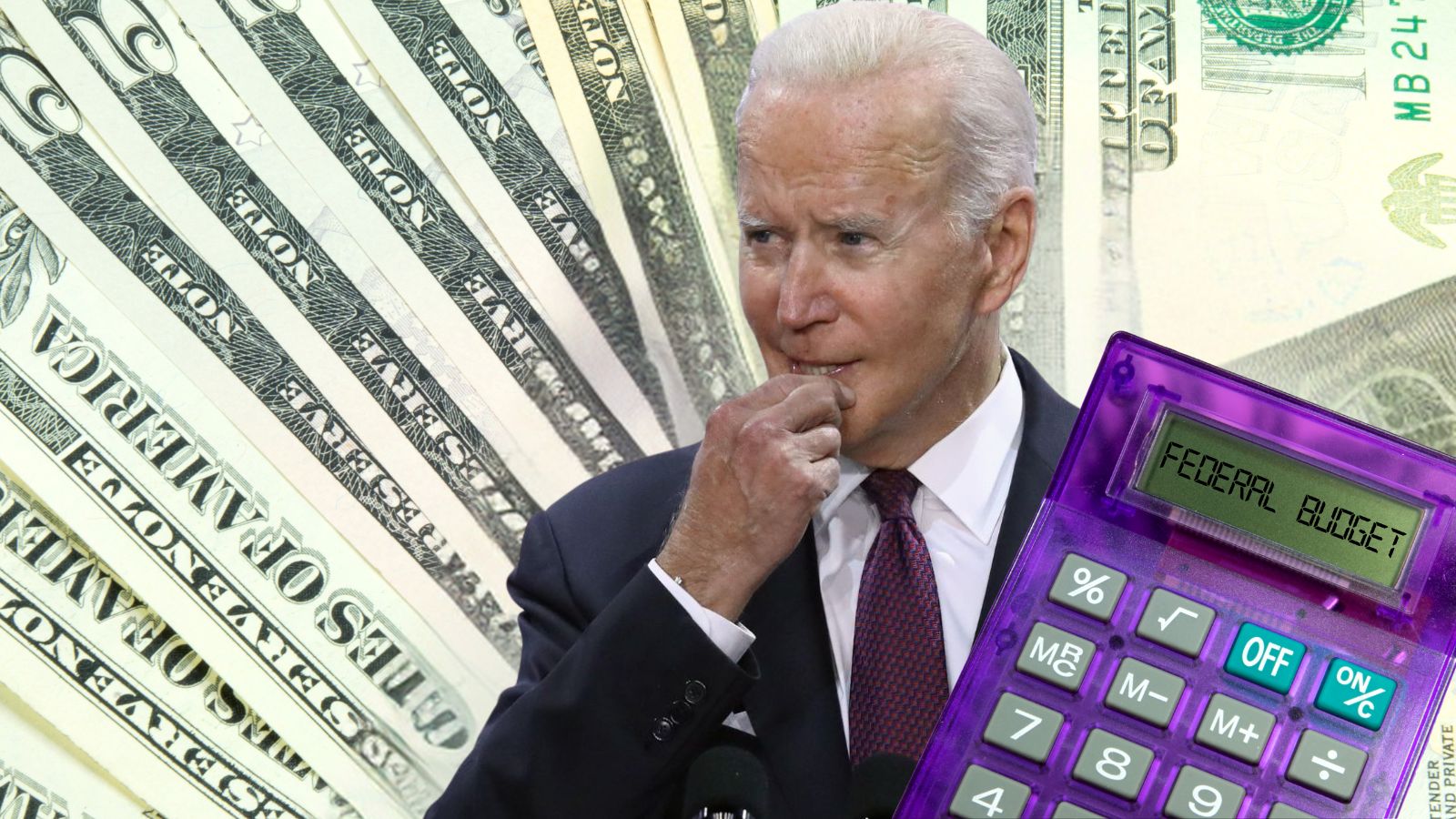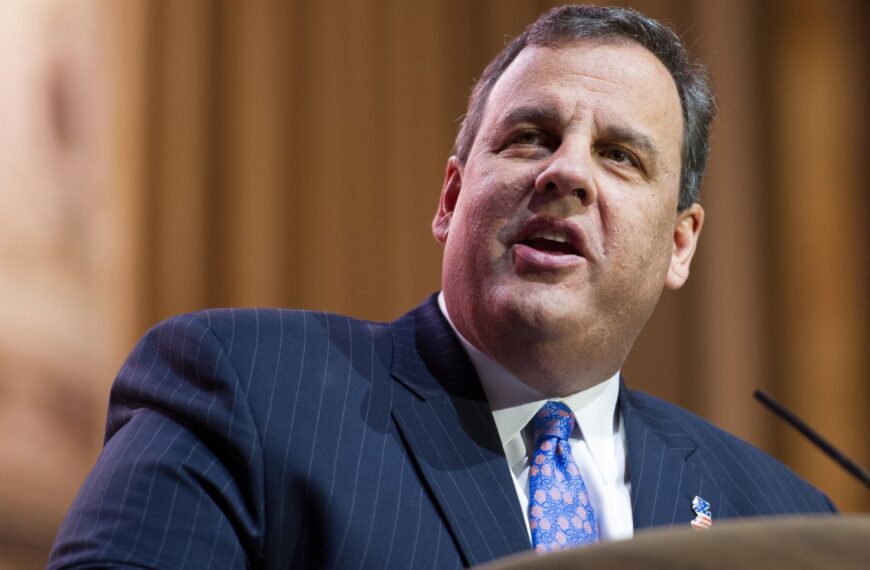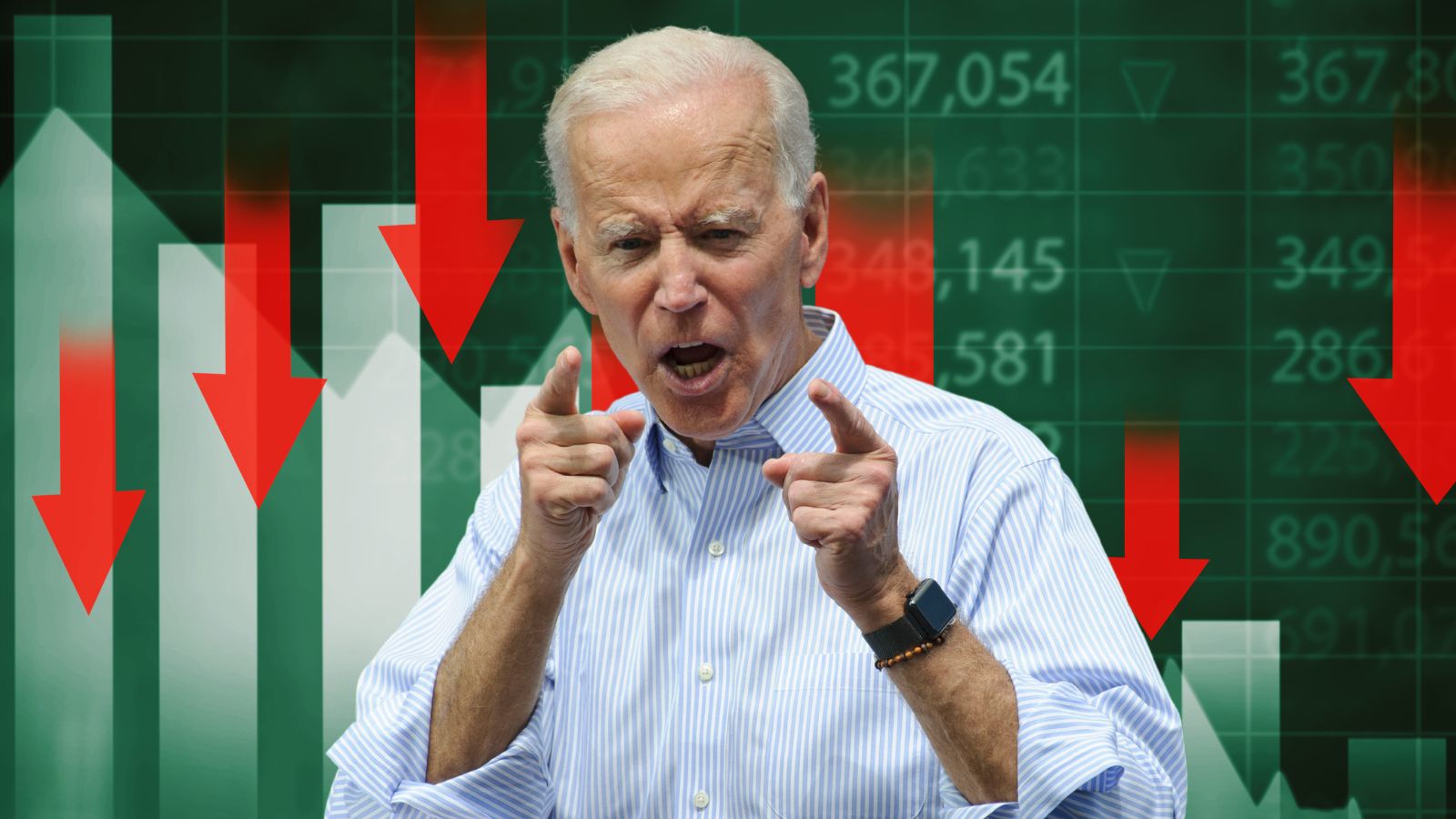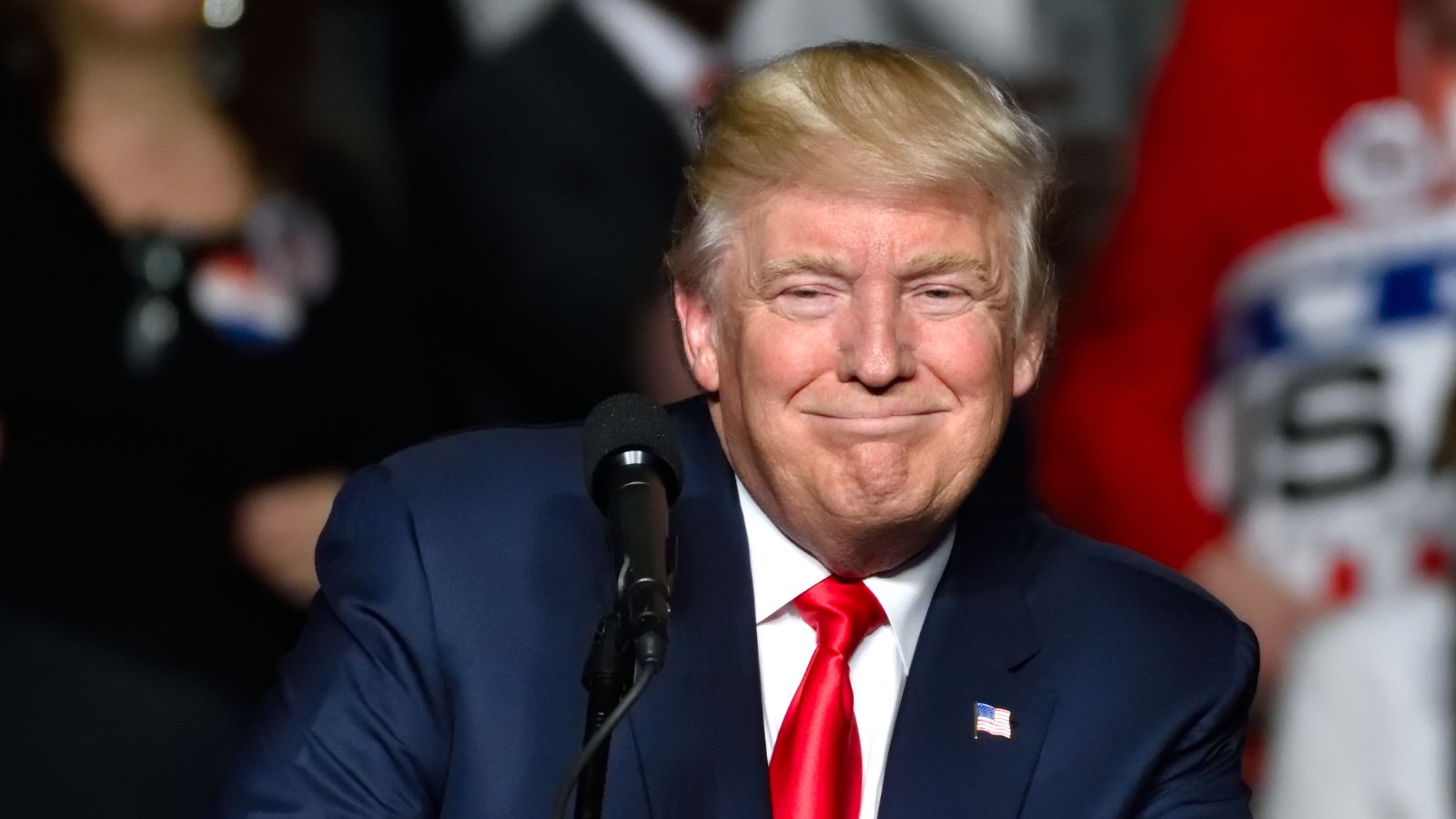Under President Biden’s administration, the federal budget deficit has significantly increased, reaching $2 trillion in just a year. This significant surge has raised concerns about its impact on the American economy and the financial health of its citizens. The rise in deficit is attributed to various factors, including policy decisions, economic conditions, and fiscal challenges.
Official and Unofficial Number

Treasury Secretary Janet Yellen reported a deficit of $1.7 trillion for fiscal 2023. However, this figure does not account for the $300 billion in student debt cancellations, pushing the deficit to a staggering $2 trillion. This adjustment reveals a more concerning fiscal landscape than initially presented.
Previous Fiscal Year Comparison

In contrast to the previous fiscal year, the federal budget deficit has soared dramatically. The previous year’s deficit was notably below $1 trillion when considering adjustments for student loan debt forgiveness. This increase within just twelve months highlights a critical need for immediate attention to the nation’s fiscal health.
A Deficit Surge in Stable Times

The doubling of the federal budget deficit stands out, especially because it happened during a period devoid of major economic crises like recessions or wars. This unusual surge in a time of relative economic stability is both unprecedented and a red flag. It signals deeper systemic financial issues.
Role of Inflationary Spending

A considerable portion of the deficit increase is directly linked to the government’s inflationary spending practices. This type of expenditure was aimed at stimulating the economy. However, it has inadvertently contributed to the burgeoning fiscal imbalance. The challenge now is to balance these inflationary measures with sustainable economic growth strategies.
The Burden of National Debt

The magnitude of the U.S. national debt has now alarmingly matched the country’s Gross Domestic Product (GDP). This equivalence between national debt and annual economic output marks a critical moment in financial management. It demands a reevaluation of debt accumulation practices and their potential repercussions on economic growth and stability.
The Cost to Taxpayers
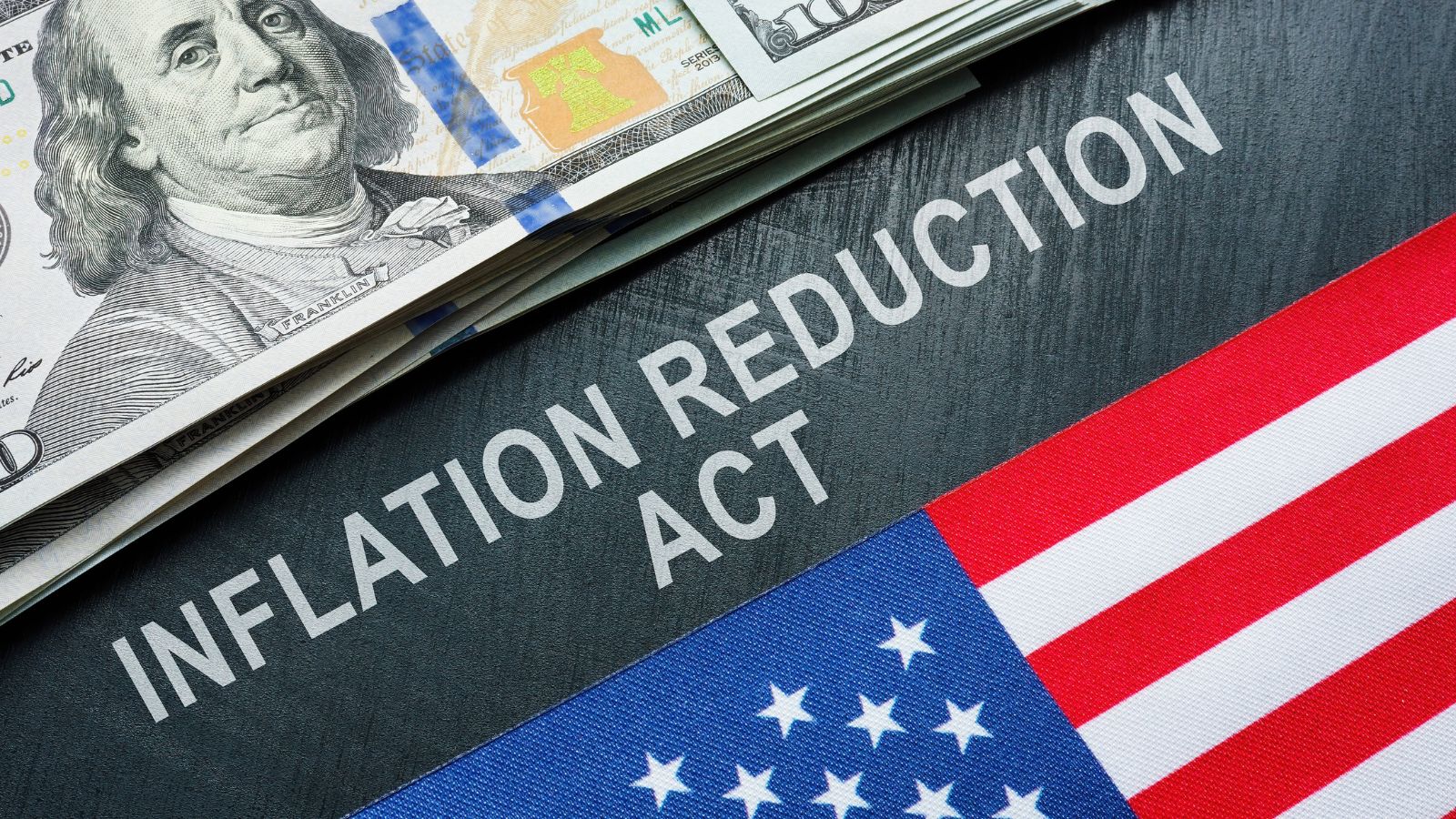
Inflation is also creating an imbalanced economic advantage for the wealthiest citizens. As inflation continues, this disparity in financial impact raises serious concerns about economic equity and the general welfare of society. The situation calls for policies that mitigate the inflationary burden on the majority while reining advantages that benefit the wealthy.
Social Security, Medicare, and Medicaid

Significant increases in spending have been observed in Social Security (11%), Medicare (12%), and Medicaid (4%). These increases reflect the government’s commitment to maintaining these critical social welfare programs. However, they also add substantial weight to the already heavy fiscal burden, highlighting the need for balanced spending.
Federal Reserve’s Counteraction
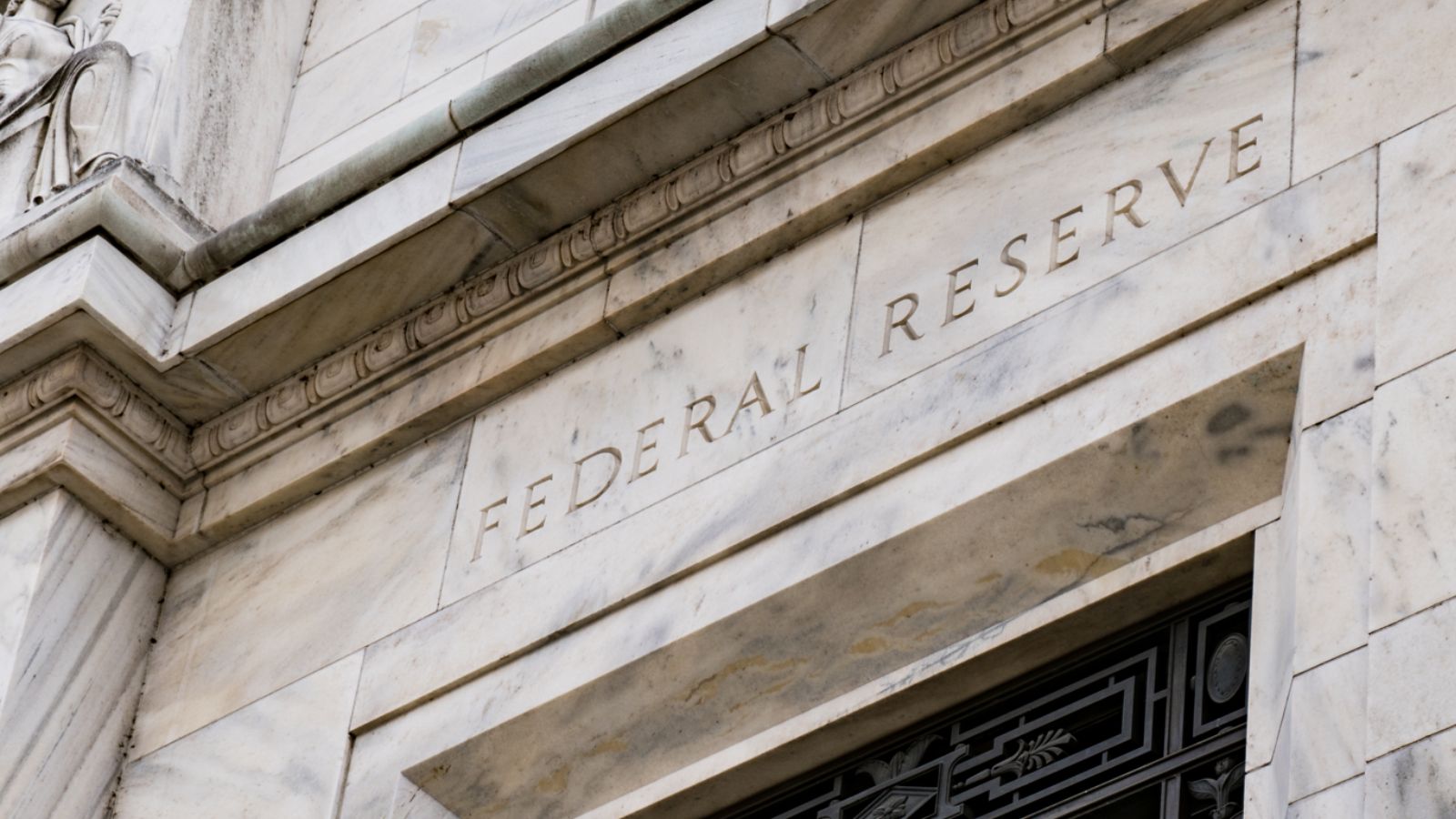
The Federal Reserve has implemented a significant interest rate hike exceeding 5% to control inflation. This action successfully reduced inflation to around 4% from near double-digit levels. However, this necessary move also brings complex economic consequences, including impacts on borrowing costs and investment decisions.
Ongoing Federal Reserve Challenges

Despite the Federal Reserve’s aggressive measures, the current 4% inflation rate stubbornly remains double the institution’s target. This persistent high inflation highlights the ongoing challenges in achieving a stable economic environment. It demonstrates the need for continued vigilance and strategic policy adjustments by the Federal Reserve.
Increased Debt Payments

The government’s debt servicing costs have risen sharply by $184 billion compared to the previous year, primarily due to increased interest rates. This substantial increase in debt payments significantly strains the federal budget. It shows the need for a more sustainable approach to managing the national debt and its associated costs.
Banks Caught Unprepared

Major banks, including Silicon Valley Bank and First Republic, faced unexpected challenges with the sudden interest rate hikes, resulting in an additional $101 billion paid to depositors. This situation highlights the broader impacts of monetary policy decisions on the banking sector. It also highlights the necessity for better preparedness and adaptability in financial institutions.
Shrinking Federal Revenue

A significant reduction in federal revenue has been mainly attributed to the higher interest rates. It has played a crucial role in the rapid expansion of the deficit. This decrease in revenue further complicates the fiscal scenario. It shows the need for a more balanced and effective revenue generation strategy to support government spending without worsening the deficit.
Stock Market Woes

The stock market’s instability has led to a 9.3% drop in income tax revenue, primarily due to reduced capital gains. This downturn in revenue collection adds another layer of complexity to the already challenging fiscal situation. It points to the need for diversified revenue streams and more resilient economic policies that can withstand market fluctuations.
The Warning From Bond Yields

The rise in bond yields clearly indicates creditors’ growing apprehension and demand for higher returns to continue investing in U.S. debt. This trend places additional pressure on the government to curtail spending. It also encourages the government to reassess its borrowing strategies to maintain creditor confidence and ensure fiscal sustainability.
The Structural Problem

Long-standing demographic shifts and the inherent structure of entitlement programs are increasingly pushing the U.S. toward serious fiscal challenges. These issues require thoughtful consideration and strategic planning. The government must implement structural reforms that address demographic trends and ensure the sustainability of vital social programs.
Biden’s Budget Backfires

Criticism has mounted against President Biden’s previous assertions of reducing the federal budget. One user said, “Remember when Biden boasted about slashing the budget due to COVID aid expiring? He’s banking on voters being oblivious.” This comment shows a deep skepticism of the administration’s fiscal management.
A Nation’s Fiscal Future in Peril

Some have labeled this federal deficit as an existential threat to American democracy. Critics quickly point fingers, with one comment stating, “Biden’s debt is a threat to our democracy.” There’s also a reference to Biden’s personal finances, suggesting that “Biden’s financial well-being is secured by Hunter.” This implies a conflict of interest.
Pandemic Spending Spree
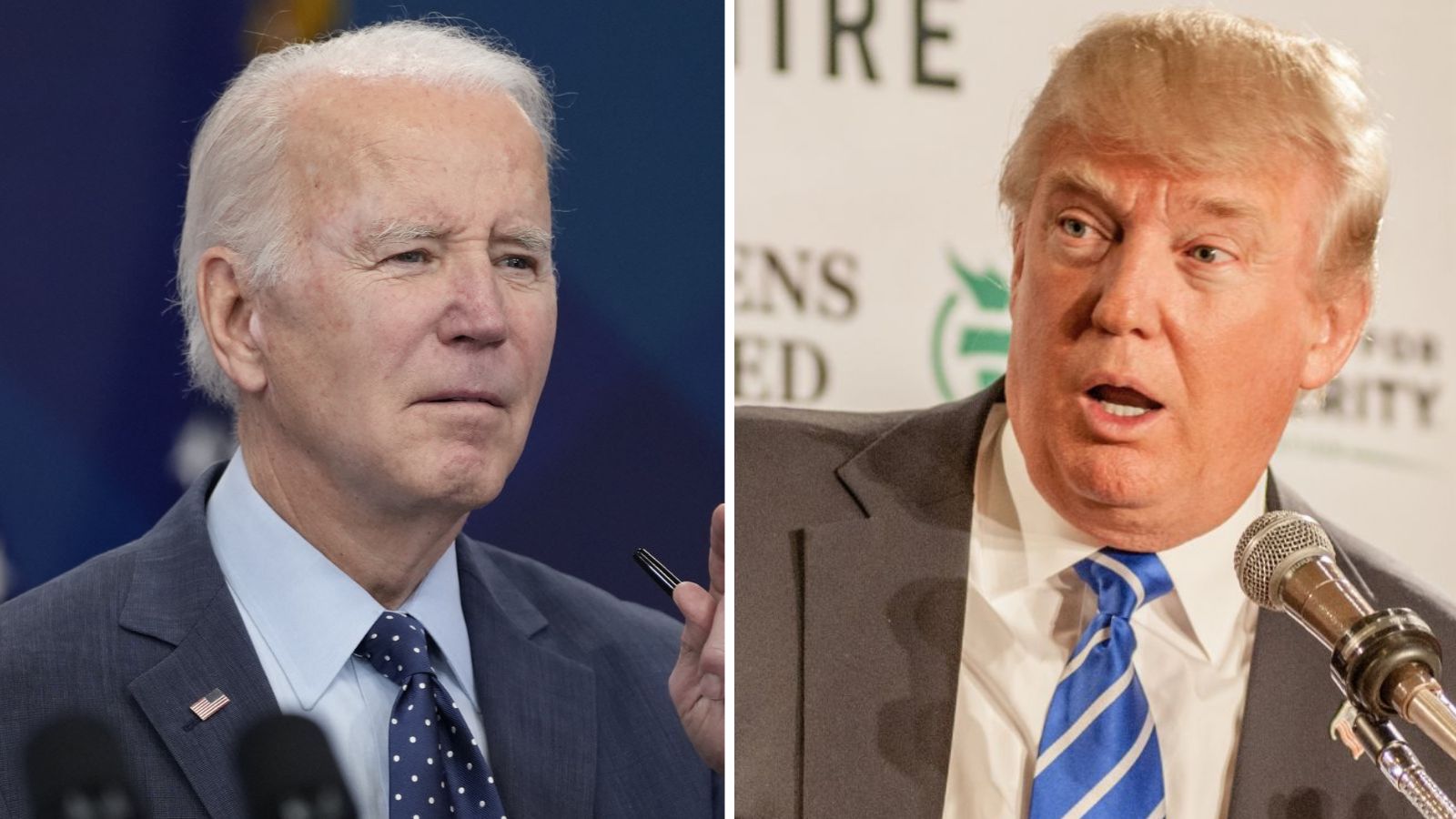
The deficit issue sparks debate over the fiscal policies of both the Trump and Biden administrations. One side criticizes the Trump administration, suggesting that a significant portion of its deficit resulted from COVID-19 relief measures, often under media pressure. The other side accuses Biden of reckless spending and artificially inflating the GDP. One user said, “This isn’t robbing Peter to pay Paul; it’s robbing both, adding on the SPR, with nothing left to borrow.”
Terrifying Prospects: 12 Moves Trump Could Unleash If Re-elected in 2024

Terrifying Prospects: 12 Moves Trump Could Unleash If Re-elected in 2024
21 Things MAGA Followers Permanently Destroyed For Everyone Else

21 Things MAGA Followers Permanently Destroyed For Everyone Else
America’s 15 Most Miserable States Revealed: Data Shows Places You Don’t Want to Live

America’s 15 Most Miserable States Revealed: Data Shows Places You Don’t Want to Live
12 Ways the World Suffered from Trump’s Reckless Moves
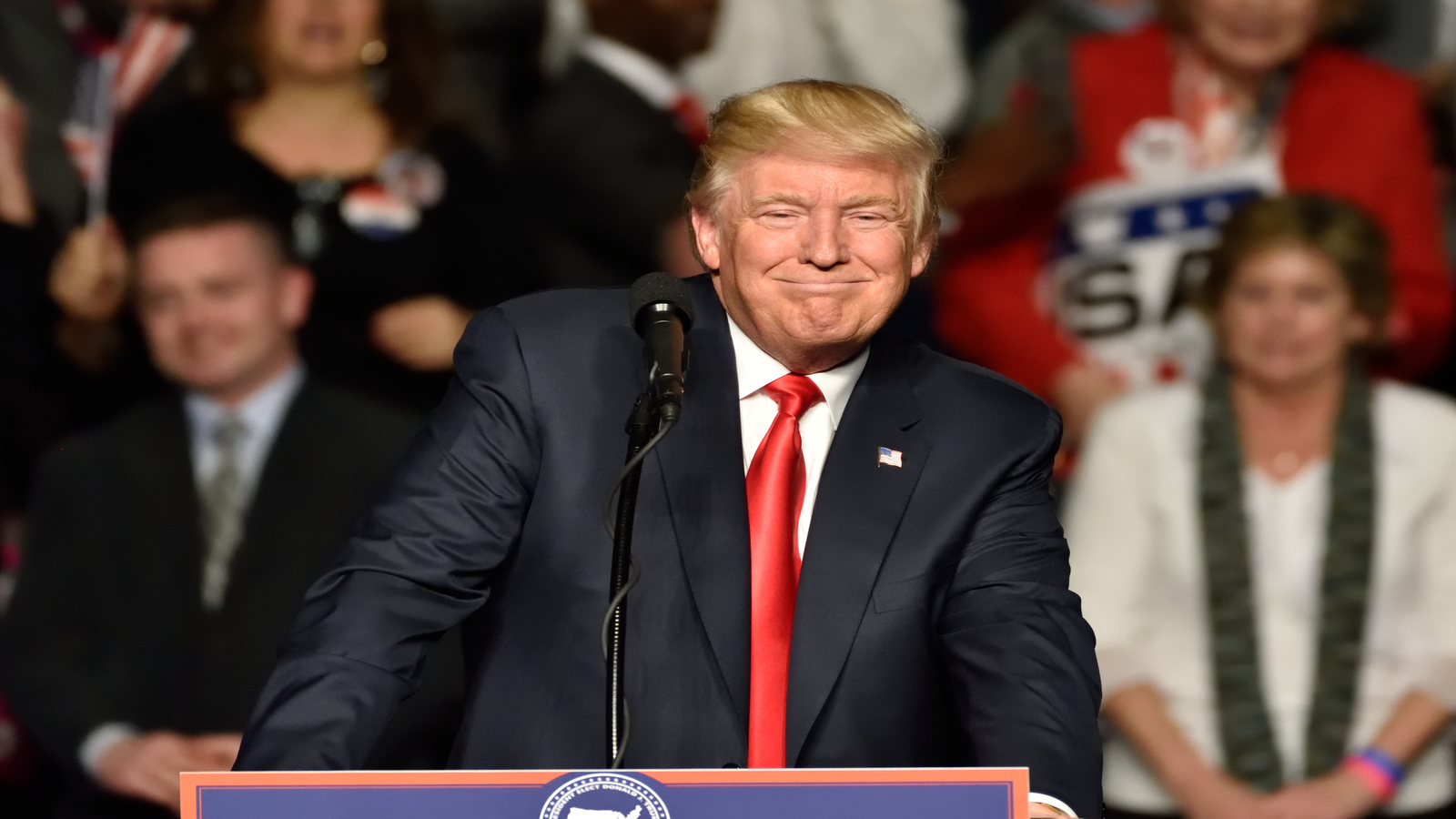
12 Ways the World Suffered from Trump’s Reckless Moves
Trump’s Hit List: 18 Brands That Incited the Wrath of the Former President

Trump’s Hit List: 18 Brands That Incited the Wrath of the Former President

